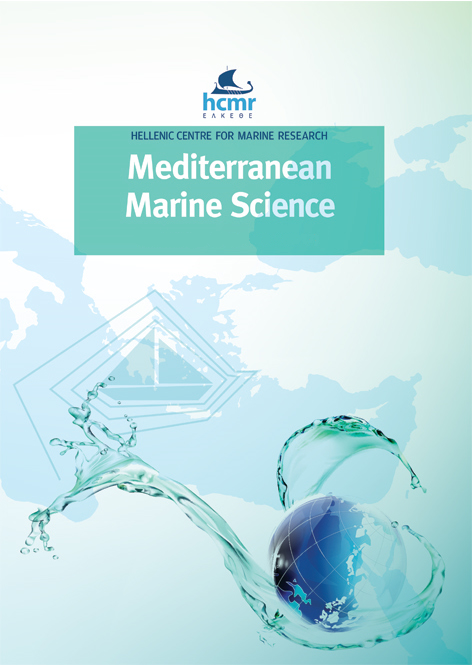Mitochondrial DNA sequence variations in populations of Sardinapilchardus(Walbaum 1792) along the Tunisian coasts

Abstract
Sardine is a fish species of great economic importance to Tunisia. Knowledge of genetic diversity and population distribution is essential for an efficient management and sustainability of any regional fishery. This study aimed to assessing the genetic structure and to specify the stocks of the European sardine (Sardina pilchardus). To this end, 83 specimens were collected from three localities along the Tunisian coast and analysed using mitochondrial DNA sequences. The results of sequence analysis determined the existence of variations in 40 single nucleotide sites within the 307 bp fragment of the cytb gene examined and defined twenty different haplotypes. Genetic diversity, estimated by haplotypic diversity, was high in all samples. Tunisian S.pilchardus samples show some level of genetic structuring. First, genetic differentiation between localities (ΦST estimates) was significant for all comparison. Second, the analysis of molecular variance AMOVA indicates a high level of genetic variation (ΦST = 0.093; P<0.001). The structural patterns identified can be explained largely in relation to the regional oceanographic features. In conclusion, this study provided initial genetic data in making inference of the genetic structure of S. pilchardus along the Tunisian coasts.
Article Details
- How to Cite
-
FADHLAOUI-ZID Κ. (2019). Mitochondrial DNA sequence variations in populations of Sardinapilchardus(Walbaum 1792) along the Tunisian coasts. Mediterranean Marine Science, 20(2), 460–468. https://doi.org/10.12681/mms.15808
- Issue
- Vol. 20 No. 2 (2019)
- Section
- Research Article
Authors who publish with this journal agree to the following terms:
- Authors retain copyright and grant the journal right of first publication with the work simultaneously licensed under a Creative Commons Attribution Non-Commercial License that allows others to share the work with an acknowledgement of the work's authorship and initial publication in this journal.
- Authors are able to enter into separate, additional contractual arrangements for the non-exclusive distribution of the journal's published version of the work (e.g. post it to an institutional repository or publish it in a book), with an acknowledgement of its initial publication in this journal.
- Authors are permitted and encouraged to post their work online (preferably in institutional repositories or on their website) prior to and during the submission process, as it can lead to productive exchanges, as well as earlier and greater citation of published work (See The Effect of Open Access).




